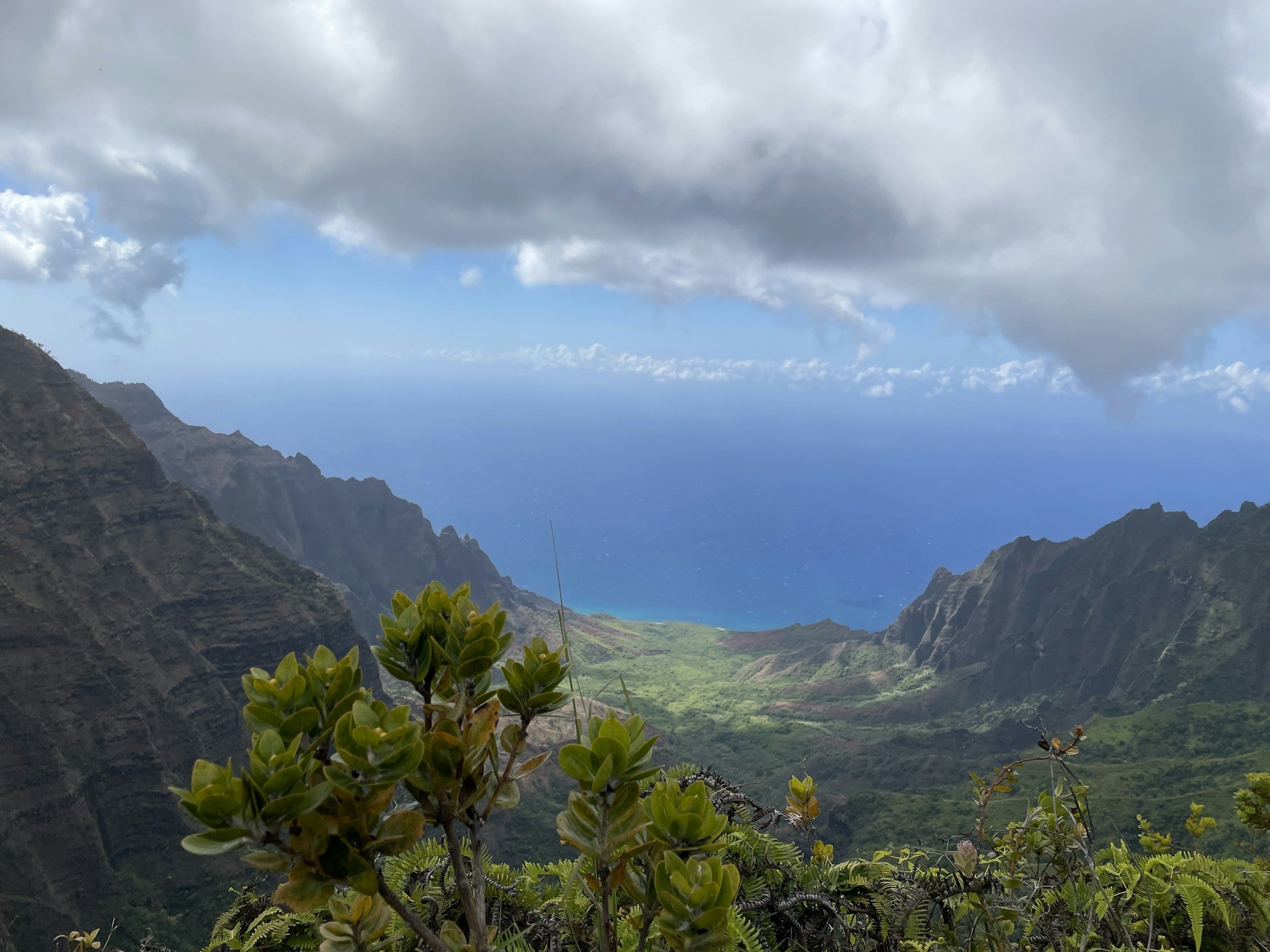
Natural Navigation Methods - Master Wilderness Navigation
Mastering natural navigation methods is an essential skill for anyone venturing into the outdoors. These wilderness navigation techniques allow you to find your way using the environment, whether it's the stars, or the patterns in nature. Primitive navigation skills ensure that even without modern tools, you can safely reach your destination.
In a world where reliance on technology is the norm, learning to navigate the wild connects you to ancient practices that have guided explorers for centuries. This page will guide you through the techniques and tools needed to master the art of natural navigation, empowering you with confidence and self-reliance in any terrain.

Why It’s Essential
Being able to navigate effectively is a cornerstone of survival. Knowing where you are and how to reach safety as fast as possible can prevent you from becoming lost and reduce the risk of dangerous situations in unfamiliar terrain.
Mastering navigation methods equips you with the confidence to traverse wilderness, urban areas, and everything in between. It ensures you can make informed decisions to reach your destination safely.

Step-by-Step Guide
1. Know Your Starting Point
Assess your surroundings and look for landmarks, such as mountains, rivers, or buildings.
Use a map or sketch one based on the area you can see.
Orient yourself using natural indicators like the sun.
2. Plan Your Route
Choose the most direct path to your destination, avoiding hazards.
Break the journey into smaller, manageable sections using visible landmarks.
Mark your progress frequently to ensure you’re staying on course.
4. Navigate in Low Visibility
In fog or darkness, stick to a straight line by picking two points ahead and walking toward them.
Use a flashlight or headlamp to identify obstacles.
Avoid risky terrain and move slowly to maintain safety.
3. Use Tools Effectively
A compass can guide you accurately if you know how to read it and set bearings.
GPS devices provide precise location data but require signal.
Natural signs, such as moss growth, can aid in direction.
6. Mark Your Trail
Use rocks, sticks, or other markers to leave a visible trail behind you.
Avoid damaging nature but ensure your markers are clear enough.
Check behind you frequently to ensure you recognize the return route.
5. Adapt to Conditions
Adjust your route if unexpected obstacles arise, such as blocked paths or severe weather.
Stay calm and reevaluate your location using tools and landmarks.
Prioritize reaching safe ground before adverse conditions worsen.

Essential Tools

Common Challenges
Getting disoriented
Stay calm and retrace your steps using visible markers or landmarks. Recheck your tools and surroundings carefully to reestablish your current location mentally.
Poor visibility
Use a flashlight or headlamp to illuminate landmarks and trail markers. Move slowly and rely on tactile feedback from the terrain to maintain safety.
Dead GPS or compass failure
Fall back on natural indicators like the sun’s position, star patterns, or moss growth to guide you. Always carry backup navigation tools with you.

Real-Life Stories






